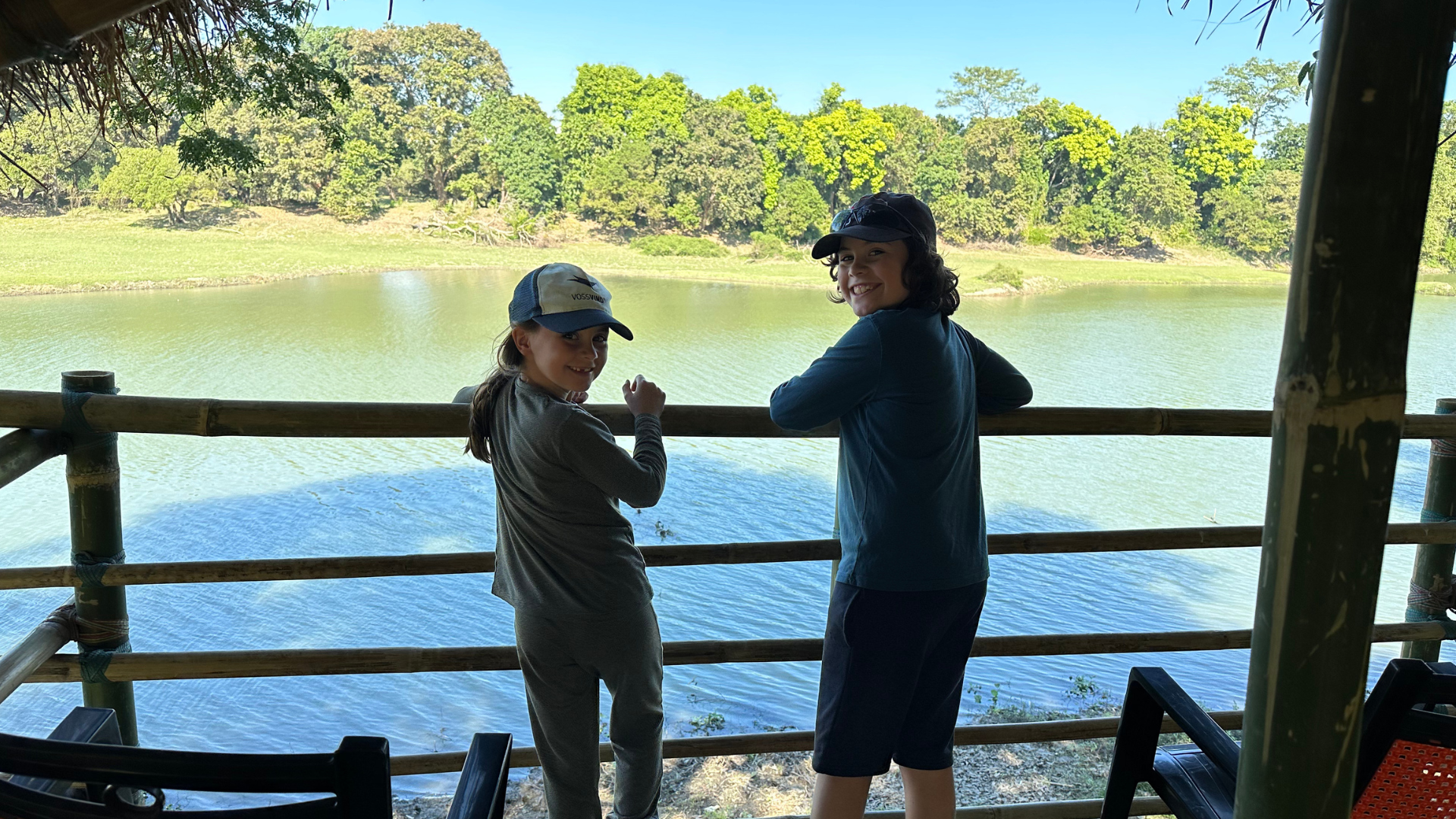Welcome from the Director
Welcome to Jungleciti. In the heart of Kaziranga, we celebrate the quiet grace of Assamese hospitality. Our team designs stays that feel effortless: rooms that soothe, food that comforts, and journeys that honor the forest and its people. Wake to birdsong, wander tea gardens, and share stories by the river as the day slows. Whether you arrive for safaris, family time, or simple rest, we listen, guide, and care for every detail. Travel becomes meaningful when it is gentle, responsible, and warm. Please feel at home; we are honored to host your time in nature. Today and again, with gratitude.
Latest Offers
Curated for memorable journeys.Assamese Heritage
Symbols of welcome and culture.Kaziranga Wildlife
Explore all species →



Jungle Plan — All-Inclusive Safari Package
Six safaris in four nights • Available for Indian & foreign guests


Gallery
Awards & Recognition


Testimonials
Had a wonderful stay. Warmth and hospitality of the resort management and staff makes it a special place. Thanks.
Comfortable accommodation, excellent food & service — thank you.
Wonderful experience. Jungleciti arranged everything and ensured we had a fabulous time. Thank you!
We had a wonderful time. Rooms were clean and pretty. Staff went out of their way to help us. Highly recommended!
Excellent hospitality and a wonderful stay.
Our Brands
Trusted by guests & partners worldwide.




























